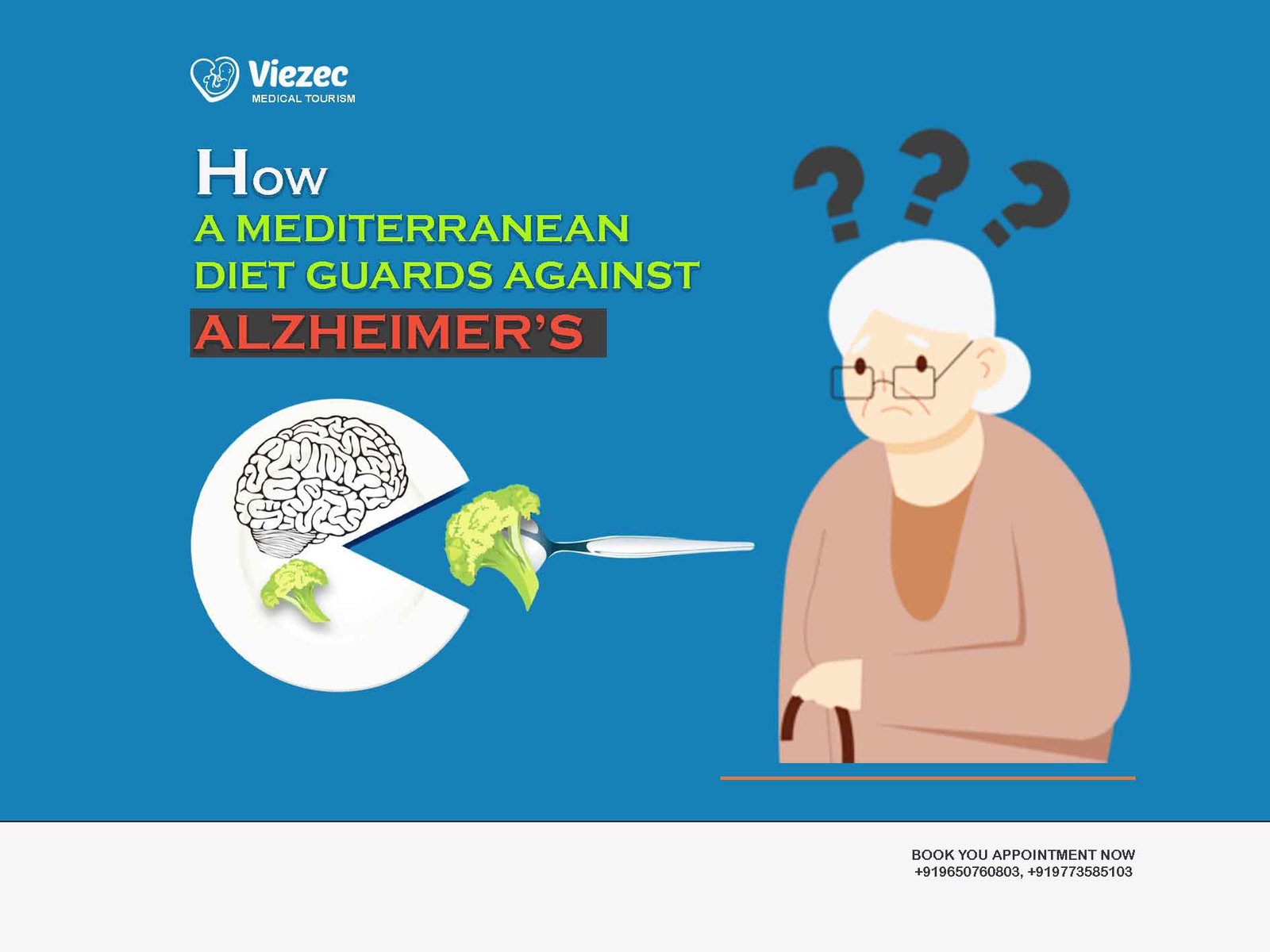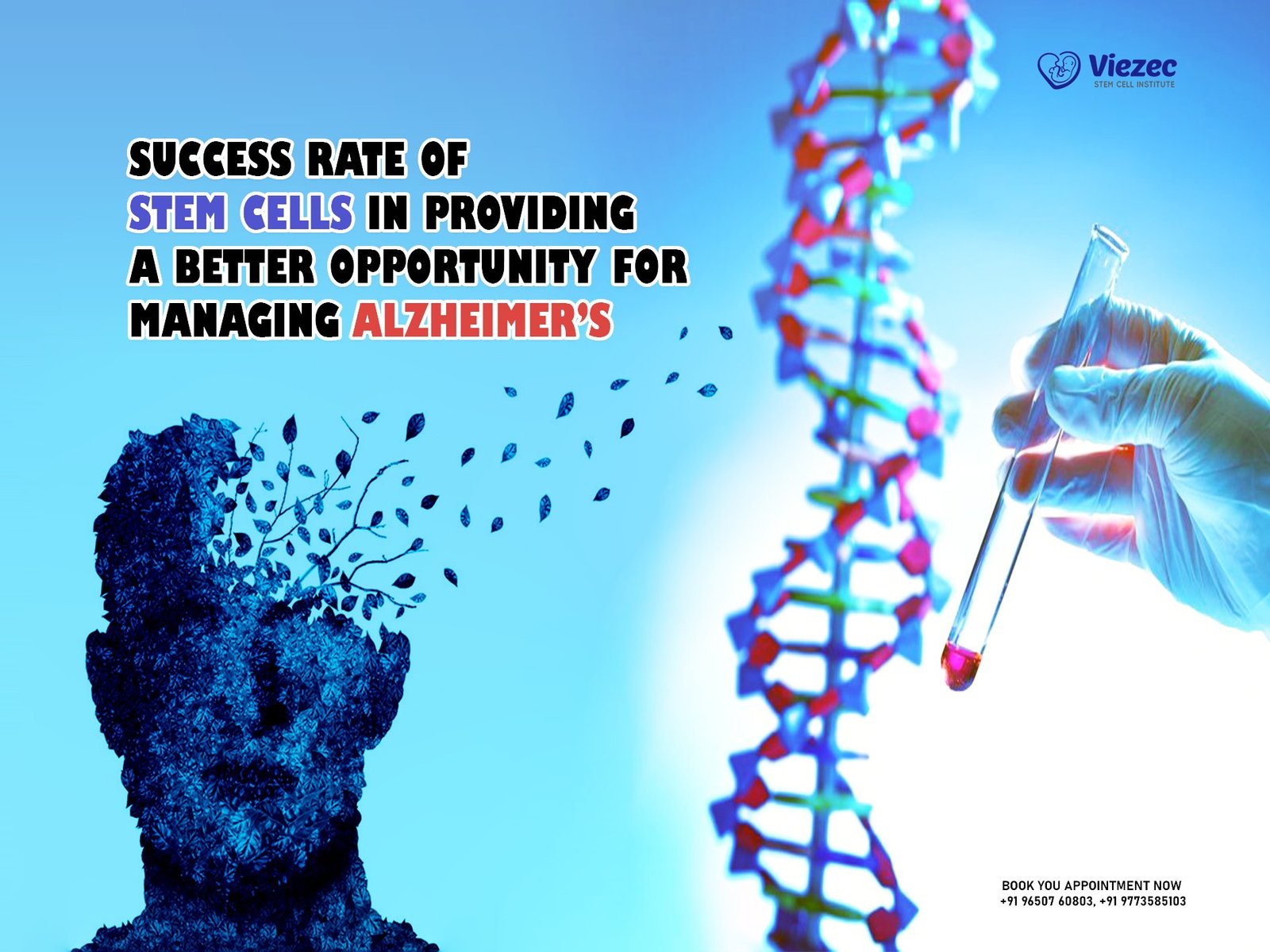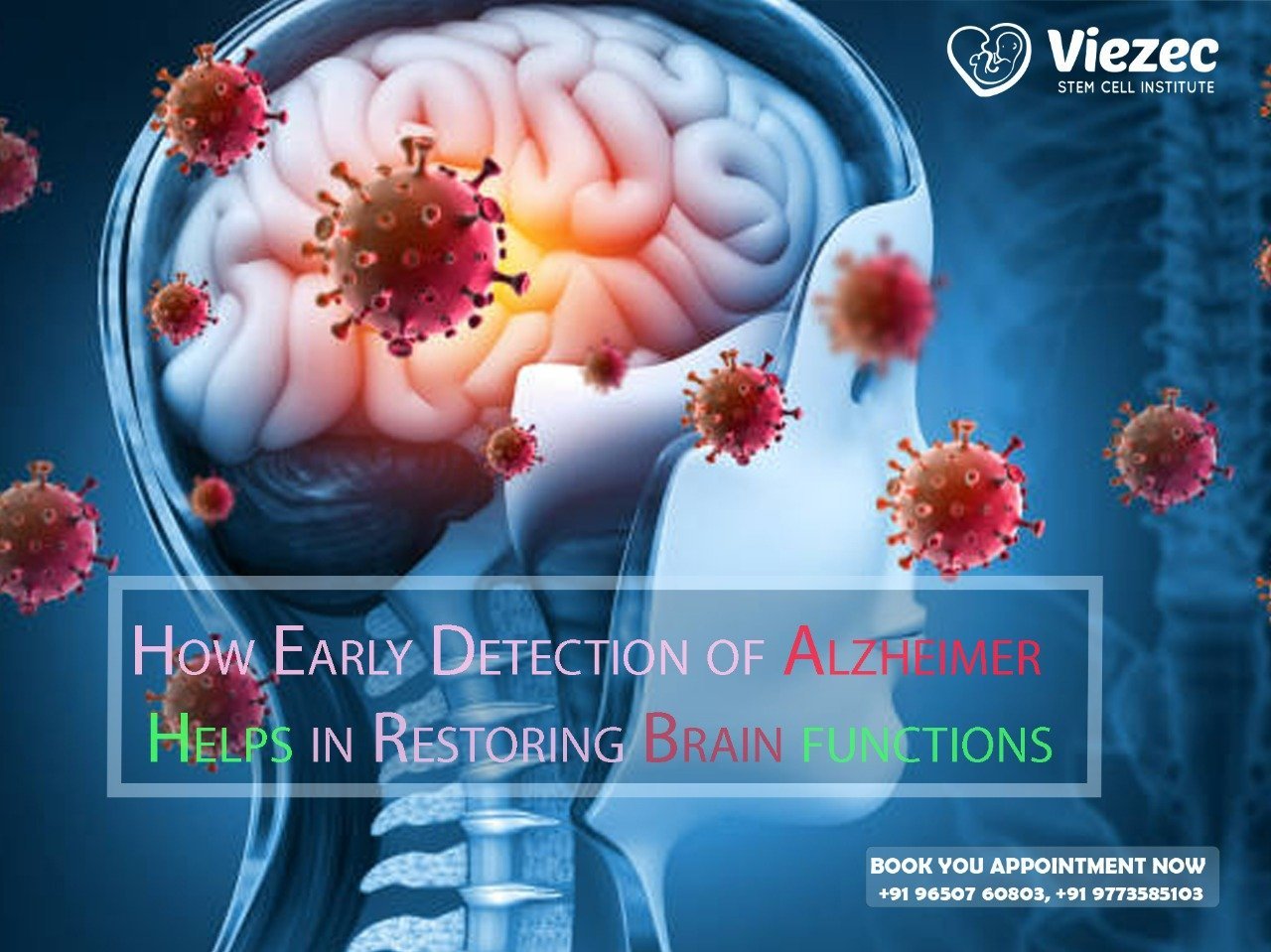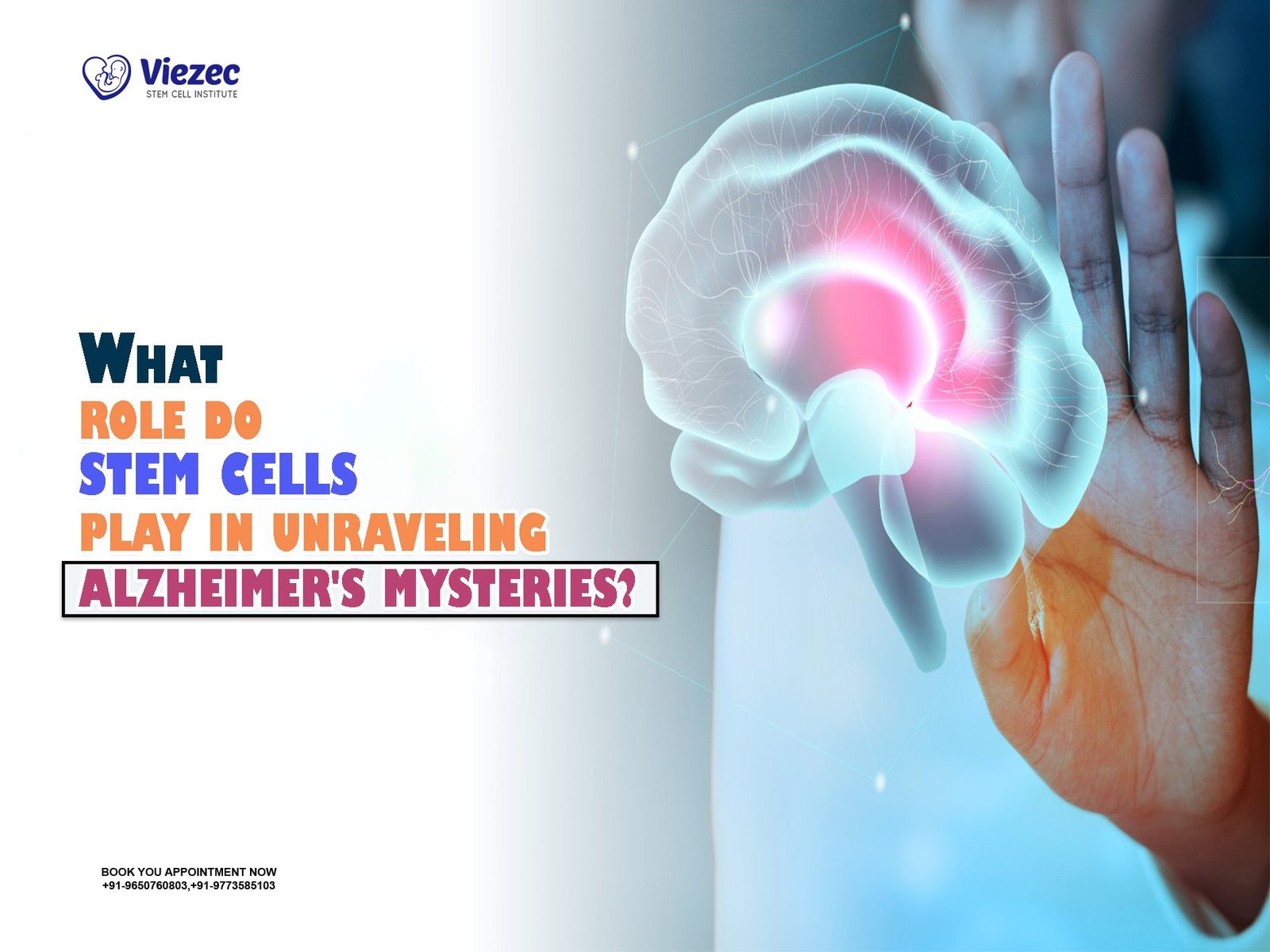In recent years, the field of regenerative medicine has witnessed significant advancements, offering hope for the treatment of devastating neurodegenerative disorders such as Parkinson’s and Alzheimer’s. Among the various tools in the regenerative medicine arsenal, stem cells have emerged as a promising candidate for therapeutic interventions. This article aims to delve into the intricate mechanisms of Parkinson’s and Alzheimer’s diseases and explore how stem cells hold the potential to revolutionize their treatment.
Background
Neurodegenerative disorders pose a considerable challenge to the healthcare system globally, with an increasing prevalence due to aging populations. Parkinson’s and Alzheimer’s diseases, in particular, are characterized by the progressive loss of neurons, leading to debilitating cognitive and motor impairments. Traditional treatments focus on symptom management rather than addressing the root cause of neuronal degeneration.
Parkinson’s Disease: A Closer Look
Pathophysiology of Parkinson’s
Before delving into the potential role of stem cells, it is essential to understand the underlying pathophysiology of Parkinson’s disease. This neurodegenerative disorder is primarily characterized by the loss of dopaminergic neurons in the substantia nigra, leading to a deficiency of dopamine in the brain. This deficiency results in motor symptoms such as tremors, bradykinesia, and rigidity.
Current Treatment Challenges
Conventional therapies for Parkinson’s, such as dopamine replacement drugs and deep brain stimulation, provide symptomatic relief but do not halt the progression of the disease. Moreover, these treatments may have side effects and are not universally effective.
Stem Cells in Parkinson’s
Stem cell therapy offers a unique approach to address the root cause of Parkinson’s by replacing lost or damaged neurons. The potential sources of stem cells include embryonic stem cells, induced pluripotent stem cells (iPSCs), and mesenchymal stem cells (MSCs). Each source has its advantages and challenges, and ongoing research aims to optimize their use in Parkinson’s therapy.
Embryonic Stem Cells (ESCs)
Embryonic stem cells have the ability to differentiate into any cell type in the body, making them a promising candidate for neuronal replacement. However, ethical considerations and the risk of teratoma formation have posed challenges to their widespread use.
Induced Pluripotent Stem Cells (iPSCs)
Induced pluripotent stem cells, generated by reprogramming adult cells to a pluripotent state, have overcome some of the ethical concerns associated with embryonic stem cells. iPSCs can differentiate into dopaminergic neurons, providing a potential source for cell replacement therapy in Parkinson’s.
Mesenchymal Stem Cells (MSCs)
Mesenchymal stem cells, sourced from various tissues such as bone marrow and umbilical cord, possess neuroprotective and anti-inflammatory properties. While they may not directly replace lost neurons, MSCs secrete factors that promote the survival of existing neurons and modulate the inflammatory response in Parkinson’s.
Challenges and Future Directions
Despite the promising results observed in preclinical studies, several challenges must be addressed before stem cell therapy becomes a mainstream treatment for Parkinson’s. These challenges include optimizing the differentiation of stem cells into functional dopaminergic neurons, ensuring their long-term survival in the host brain, and minimizing the risk of adverse effects.
Alzheimer’s Disease: Unraveling the Complexity
Pathological Landscape of Alzheimer’s
Alzheimer’s disease, the most common form of dementia, is characterized by the accumulation of beta-amyloid plaques and tau tangles in the brain. These pathological changes lead to the progressive loss of neurons, especially in regions crucial for memory and cognitive function.
Limitations of Current Therapies
Current treatments for Alzheimer’s focus on alleviating symptoms and temporarily slowing cognitive decline. However, these approaches do not address the fundamental causes of the disease, and their efficacy is often limited.
Stem Cells as a Therapeutic Avenue
Stem cell therapy for Alzheimer’s aims to replace damaged neurons, enhance neuroplasticity, and modulate the inflammatory environment associated with the disease. Various types of stem cells, including neural stem cells, have shown promise in preclinical studies.
Neural Stem Cells (NSCs)
Neural stem cells have the capacity to differentiate into various neuronal cell types. When transplanted into the brains of Alzheimer’s mice models, NSCs have demonstrated the potential to integrate into existing neural circuits and improve cognitive function.
Challenges in Stem Cell Integration
The integration of transplanted stem cells into the existing neural network poses challenges, including proper connectivity and functionality. Understanding the intricacies of neurogenesis and synaptogenesis is crucial for optimizing the therapeutic potential of stem cells in Alzheimer’s.
Immunomodulation and Alzheimer’s
In addition to their role in neuronal replacement, stem cells may exert therapeutic effects in Alzheimer’s through immunomodulation. The modulation of the immune response can influence the clearance of beta-amyloid plaques and attenuate neuroinflammation.
Overcoming Challenges: Advancements and Innovations
Advances in Stem Cell Technologies
Recent advancements in stem cell technologies, such as CRISPR/Cas9 gene editing and 3D bioprinting, offer new possibilities for refining stem cell-based therapies. These technologies enable precise manipulation of stem cells to enhance their therapeutic potential and address safety concerns.
Ethical Considerations and Regulatory Frameworks
The ethical implications surrounding the use of stem cells, especially embryonic stem cells, have been a point of contention. Establishing robust ethical guidelines and regulatory frameworks is crucial to ensure the responsible and ethical progression of stem cell therapies for neurodegenerative disorders.
Collaborative Research Initiatives
International collaboration and interdisciplinary research initiatives play a pivotal role in advancing our understanding of stem cell therapies for Parkinson’s and Alzheimer’s. Collaborative efforts foster the exchange of knowledge, resources, and expertise, accelerating progress towards effective treatments.
Future Prospects and Challenges
Tailoring Stem Cell Therapies
The future of stem cell therapies for neurodegenerative disorders lies in personalized and precision medicine approaches. Tailoring stem cell therapies to individual patients based on their genetic and molecular profiles can enhance treatment efficacy and minimize adverse effects.
Addressing Translational Gaps
While preclinical studies have shown promising results, translating these findings into effective clinical therapies presents challenges. Bridging the translational gap requires comprehensive clinical trials, standardized protocols, and a deep understanding of the nuances of stem cell behavior in the complex human brain.
Multimodal Approaches
Combining stem cell therapies with other treatment modalities, such as neuroprotective drugs and physical rehabilitation, may enhance their overall effectiveness. Multimodal approaches address the multifaceted nature of neurodegenerative disorders, providing a more comprehensive strategy for disease management.
The potential of stem cells in treating Parkinson’s and Alzheimer’s represents a beacon of hope in the realm of neurodegenerative disorders. As research continues to unravel the intricacies of stem cell behavior and the pathophysiology of these diseases, the prospect of effective and transformative therapies draws closer. Collaborative efforts, ethical considerations, and technological advancements will play pivotal roles in shaping the future landscape of stem cell-based treatments for Parkinson’s and Alzheimer’s, offering new avenues for improving the quality of life for millions affected by these devastating conditions.









